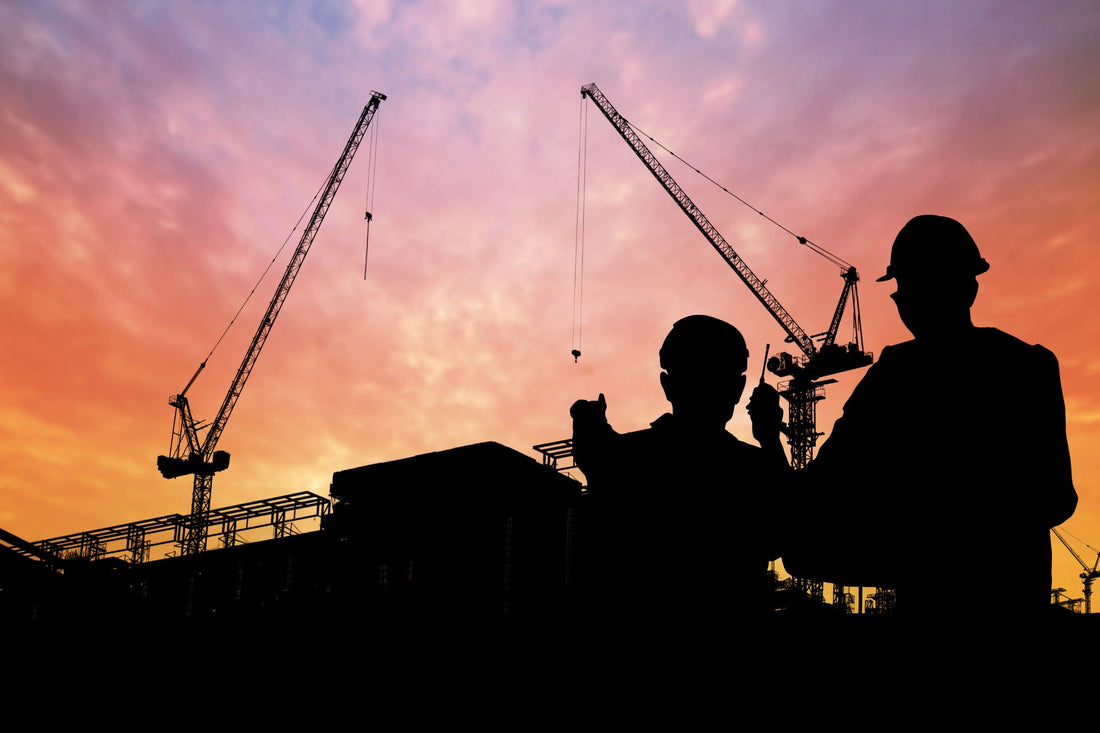
The Importance of Crane Safety in South Africa: Protecting Workers and Preventing Accidents
Share
South Africa's dynamic construction and industrial sectors have long relied on cranes to carry out tasks that range from erecting towering skyscrapers to transporting heavy cargo in ports. These impressive machines play a vital role in driving economic growth and development, but their power and complexity also come with inherent risks. Ensuring crane safety isn't just a legal requirement; it's a moral obligation to protect workers and prevent potentially catastrophic accidents.
Understanding Crane Safety
Crane safety encompasses a comprehensive set of practices, regulations, and technologies aimed at minimizing the risks associated with crane operations. In South Africa, various types of cranes, from tower cranes to mobile cranes, are commonly used in construction, shipping, and other sectors. However, the very features that make cranes so powerful also pose significant hazards, including equipment malfunctions, operator errors, and external factors like adverse weather conditions.
The foundation of crane safety lies in adhering to stringent regulations and standards established by both the government and industry bodies. These guidelines provide a framework for safe crane operations and cover aspects such as equipment inspection, operator training, and maintenance protocols.
The Human Cost of Crane Accidents
Tragically, past crane accidents in South Africa serve as sobering reminders of the devastating consequences of neglecting crane safety. Instances of fatalities, injuries, and long-term physical and emotional trauma have left indelible marks on families, communities, and the industries themselves. The financial burden on affected individuals, coupled with the emotional toll, underscores the urgency of addressing crane safety comprehensively.
Regulatory Framework and Industry Standards
South Africa has a robust regulatory framework in place to govern crane safety. Laws and regulations, such as the Occupational Health and Safety Act and the Construction Regulations, outline the responsibilities of stakeholders, including employers, crane operators, and equipment manufacturers. These legal instruments are complemented by the efforts of industry associations that work to improve crane safety practices through guidelines and best practices.
While South Africa's regulations are stringent, it's important to note that they are also in line with international standards, demonstrating a commitment to creating safe working environments that align with global practices.
Importance of Training and Certification
Proper training is a linchpin in the drive for crane safety. Operators, riggers, and other personnel must undergo comprehensive training programs to understand crane dynamics, safe operation techniques, and emergency procedures. Certification programs validate the competencies of these professionals, ensuring that they possess the skills needed to navigate the challenges of crane operations safely.
Certified personnel not only reduce the risk of accidents but also contribute to increased efficiency on worksites, better equipment maintenance, and more effective communication among team members.
Technological Innovations for Crane Safety
Advancements in technology have played a significant role in enhancing crane safety. Anti-collision systems, load monitoring devices, and remote operation capabilities are just a few examples of innovations that mitigate risks associated with crane operations. These technologies improve operator awareness, reduce human error, and enable real-time monitoring of crucial factors, ultimately contributing to accident prevention.
Promoting a Culture of Safety
Creating a culture of safety requires more than just adhering to regulations; it involves fostering a mindset that prioritizes the well-being of workers above all else. Management's commitment to safety, coupled with open communication channels for reporting concerns, empowers workers to actively engage in creating safer work environments. Companies that prioritize safety not only protect their employees but also enhance their reputation and attract skilled personnel.
Collaborative Efforts for Safer Crane Operations
Crane safety is a collective responsibility that extends beyond individual companies. Contractors, subcontractors, and regulatory bodies must collaborate to ensure seamless operations that adhere to safety protocols. Sharing knowledge and best practices across the industry not only promotes safety but also contributes to a culture of continuous improvement.
Economic Benefits of Crane Safety
Investing in crane safety measures isn't just a moral obligation; it's a smart financial decision. Preventing accidents translates to reduced downtime, lower insurance premiums, and minimized legal liabilities. Moreover, companies with a strong safety record stand out in the market, enhancing their ability to secure contracts and partnerships.
Looking Ahead: Future Trends in Crane Safety
As technology continues to evolve, the field of crane safety is poised for exciting developments. Innovations such as AI-driven predictive maintenance and enhanced operator training simulations promise to further improve safety standards. Adapting to these trends requires vigilance, an openness to change, and a commitment to staying informed about the latest advancements.
Conclusion
In South Africa's bustling construction and industrial sectors, cranes are undeniably powerful tools that drive progress. However, this power must come with a profound commitment to crane safety. By prioritizing comprehensive training, adhering to regulations, embracing technological advancements, and fostering a culture of safety, we can protect the workers who power our industries and prevent accidents that could have far-reaching consequences. Crane safety isn't just a checklist item; it's a shared responsibility that must be woven into the fabric of every operation, ensuring a safer and more prosperous future for all.
If you need help setting up risk assessments or a site specific safety file please contact us. Alternatively if you want a more DIY approach to your safety we also offer safety templates.